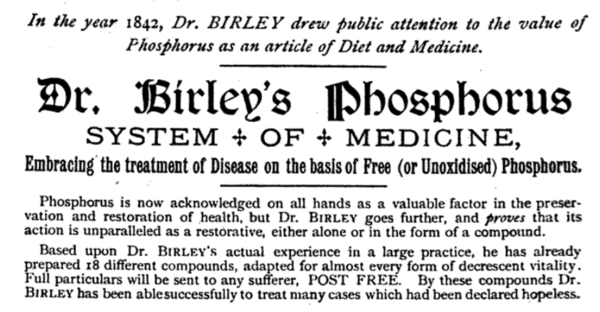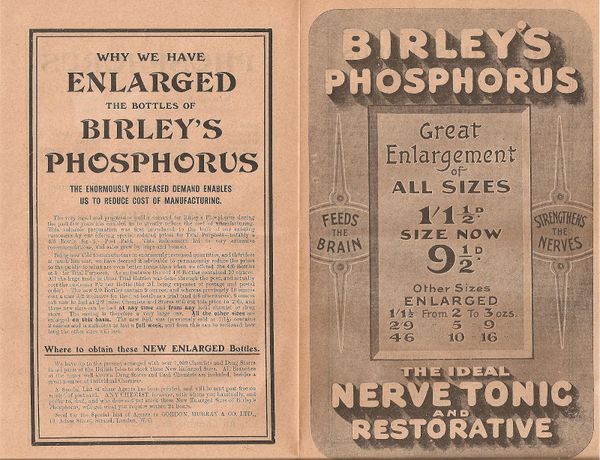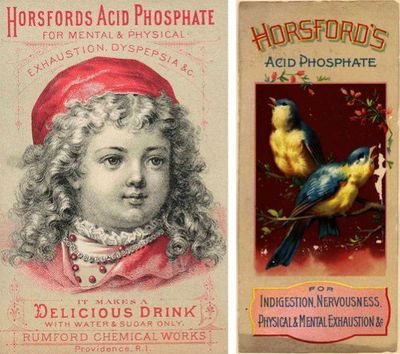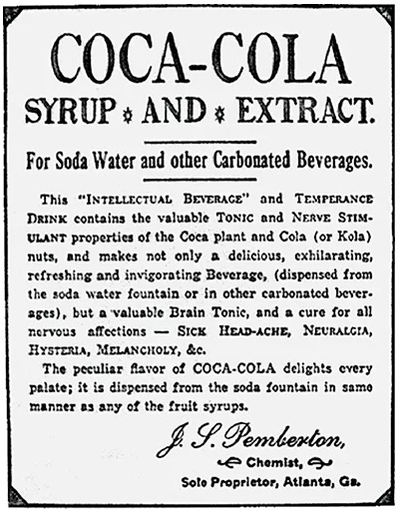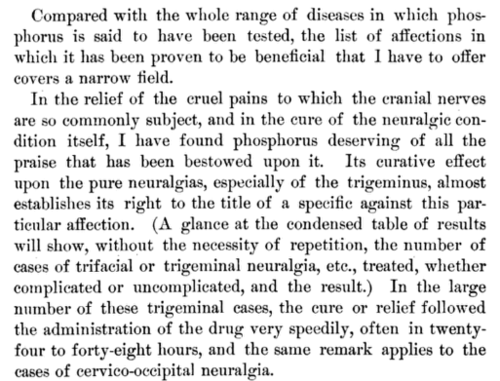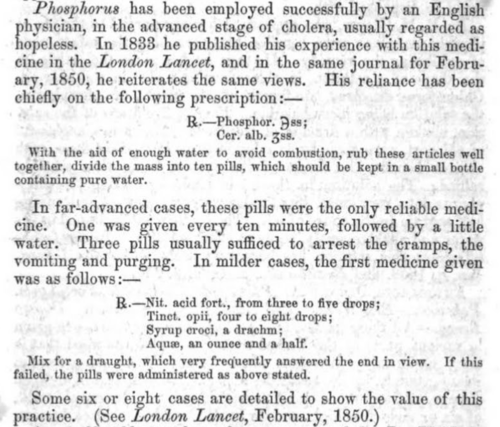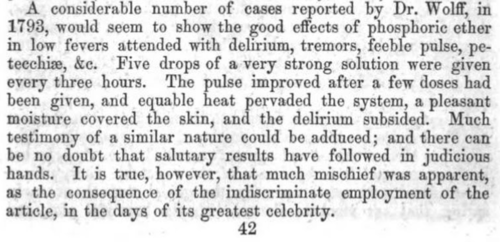Samuel Rowbotham
Samuel Birley Rowbotham (AKA Parallax) (1816 – 1884), was a medical doctor and English inventor and writer who wrote Zetetic Astronomy: Earth Not a Globe, based on his decade-long scientific studies of the earth, published a 16-page pamphlet (1849), which he later expanded into a 430 page book (1881) expounding his views. According to Rowbotham's scientific method, which he called Zetetic Astronomy, the earth is a flat disk centered at the North Pole and bounded along its southern edge by a wall of ice, with the sun, moon, planets, and stars only a few thousand miles above the surface of the earth.
Rowbotham and his followers gained notoriety by engaging in raucous public debates with leading scientists of the day. One such clash, involving the prominent naturalist Alfred Russel Wallace, led to several lawsuits for fraud and libel.
After Rowbotham's death, his thousands of followers established the Universal Zetetic Society, published a magazine entitled The Earth Not a Globe Review and remained active well into the early part of the 20th century.
Obituary
The American Association for the Advancement of Science lists him as Dr. Samuel Rowbotham in his 1885 obituary, as does the obit in Eng. Mechanic and World of Science. The Bookseller obituary confirms he was a practicing doctor of medicine as a "legitimate profession with great success".
Medical Career
Like other doctors and medical researchers at the time, Rowbotham studied and promoted phosphorous due to its apparent medical benefits.
Asthma
Rowbotham's work is cited in several medical texts:
From Consumption and Tuberculosis by John Francis Churchill, M.D., we see:
The above suggests that other medical professionals considered Rowbotham's work to be a 'medicinal fact upon record'.
In Materia Medica and Therapeutics by Thomas D. Mitchell, M.D., we find:
Phosphorous Medical Drinks
Dr. Rowbotham was a pioneer of the phosphate medical drink industry of the 1800's, which offered phosphorous and phosphate-based medical drinks which were reputed to be beneficial for a number of health ailments.
Advertisements
(Souce)
Competitors
Dr. Birley had a number of competitors in the phosphate medical drink industry, including Coca-Cola. Carbonated drinks were commonly thought to be healthy by the medical profession at the time. Coca-Cola was sold as a patent medicine. Both it and Dr.Pepper were started by pharmacists. Indeed, Dr. Rowbotham preceded them in history.
Phosphorous Revolution
It is thought that Dr. Samuel Birley Rowbotham led the phosphorous revolution in the 1800's, publishing numerous articles and books on the subject.
Here are a few examples:
- "In the year 1842, Dr. Birley drew public attention to the value of Phosphorus as an article of Diet and Medicine"
- Rowbotham gives describes the discovery, benefits and workings of Phosphorous here in The Harmsworth
- Book: Phosphorus, as discovered and prepared by Dr. Birley
- Reference to the "Birley Treatment"
Then, after Rowotham's championing of the medicinal benefits of Phosphorus and sale of his Phosphorous medical beverage, the Phosphate soda industry is launched in the late 1870's:
http://www.ehow.com/about_5410083_phosphorus.html
“ Phosphate soda
A variant of soda in the United States called "phosphate soda" appeared in the late 1870s. It became one of the most popular soda fountain drinks from 1900 through the 1930s, with the lime or orange phosphate being the most basic. The drink consists of 1 US fl oz (30 ml) fruit syrup, 1/2 teaspoon of phosphoric acid, and enough carbonated water and ice to fill a glass. This drink was commonly served in pharmacies. ”
Indeed, according to modern sources, Phosphorous is agreed to be one of the most important elements in the human body:
http://www.answers.com/topic/soft-drink
“ Phosphorus in the human body
Despite the fact that it is a highly poisonous substance, phosphorus is one of the most important elements for human beings. It is said to be the second most abundant substance in the body. It is found in the bones, blood and bodily fluids. It is also found in various body organs such as the heart, the brain and the kidneys, where it plays a very important role in organ function. The main function of phosphorus is the production of bones and teeth. This makes phosphorus an essential nutrient for life to be normal.
How phosphorus works in the body
Almost all physiological chemical processes and reactions in the body are regulated by the presence of phosphorus. For phosphorus to function properly in the body, there should be Vitamin D and calcium available. It is essential in the strengthening and protection of cell membranes; it assists the other nutrients, chemicals and hormones to function properly. It is essential for good nerve impulses, normal functioning of the kidneys and the way fats, proteins and carbohydrates are synthesized for growth. It is also a part of DNA and RNA. ”
Phosphorous Medical Research
Throughout the 1800's Phosphorous was closely studied by the medical community for its medicinal benefits.
Neuralgia
From a medical article: Phosphorous in the Treatment of Nerualgia in Transactions of the American Neurological Association, Volume 1:
Cholera
Phosphorous has also been used to treat Cholera, producing success in even "advanced stages of Cholara, usually seen as hopeless". From Materia Medica and Therapeutics on p.649 we see:
Fevers, Delerium, Tremors
In Materia Medica and Therapeutics Dr. Mitchell relays the following accounts:
Overdose Risk
Phosphorous research by the medical community were possibly discontinued because of its poisonous effects when abused:
From the Materia Medica and Therapeutics section titled Phospherous A Poison we see:



